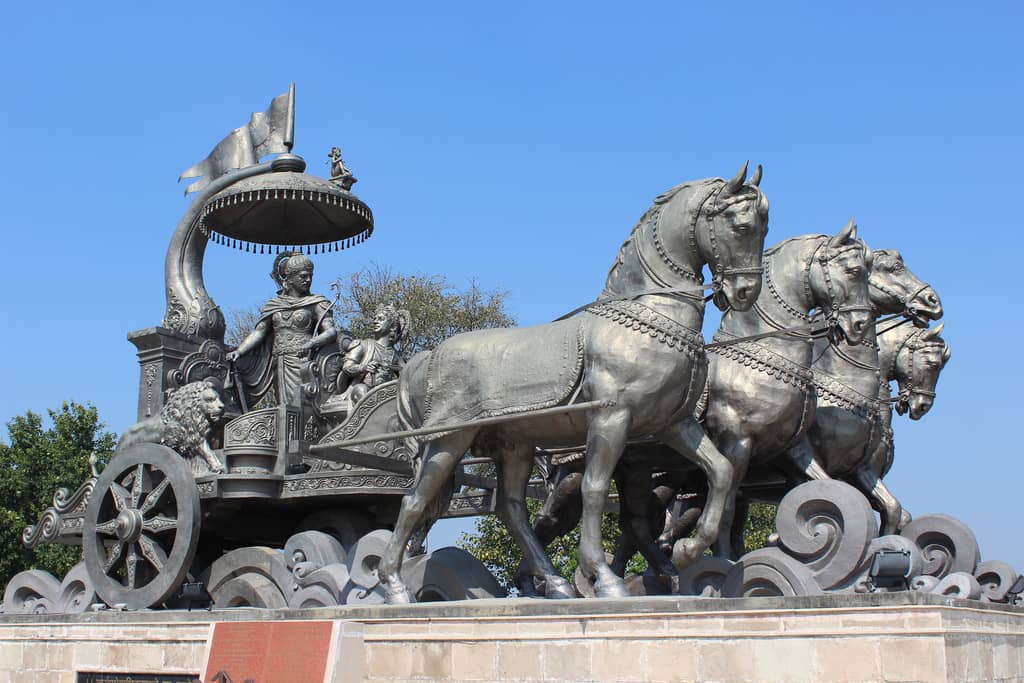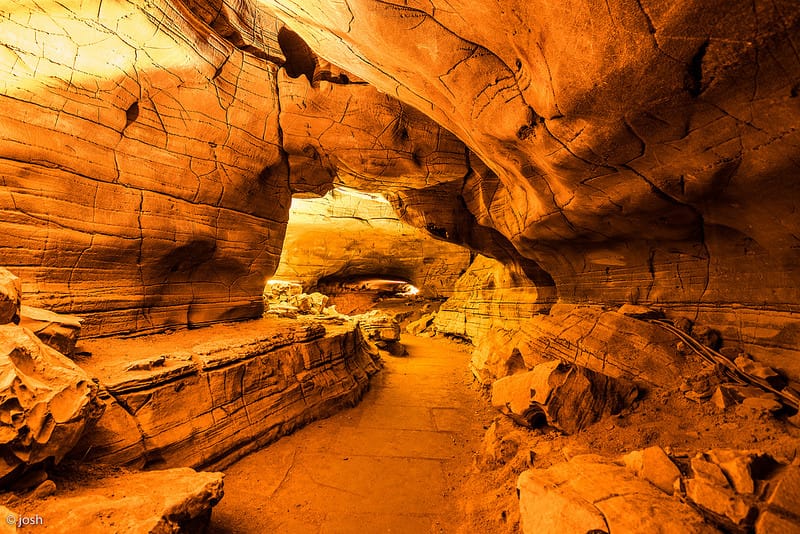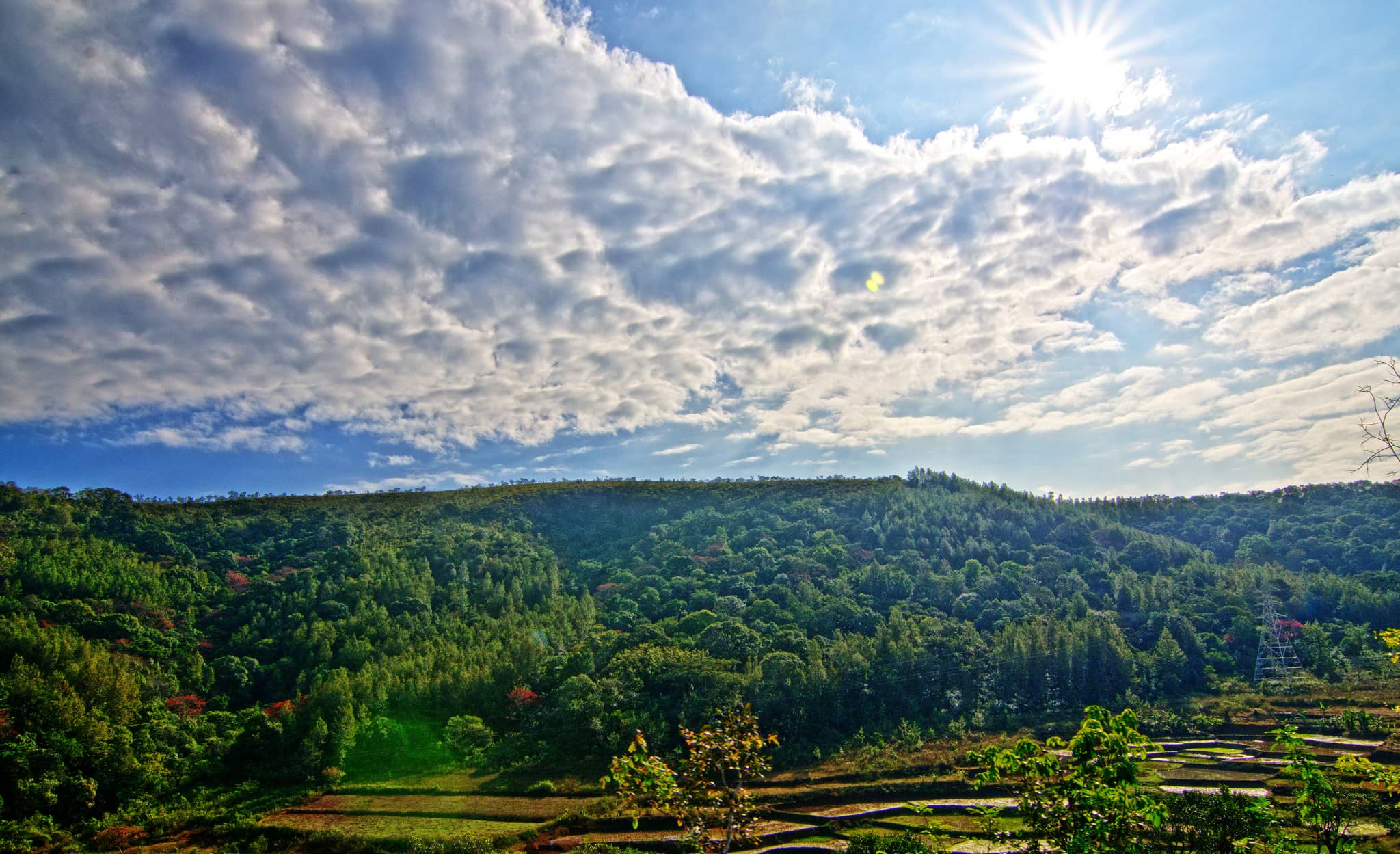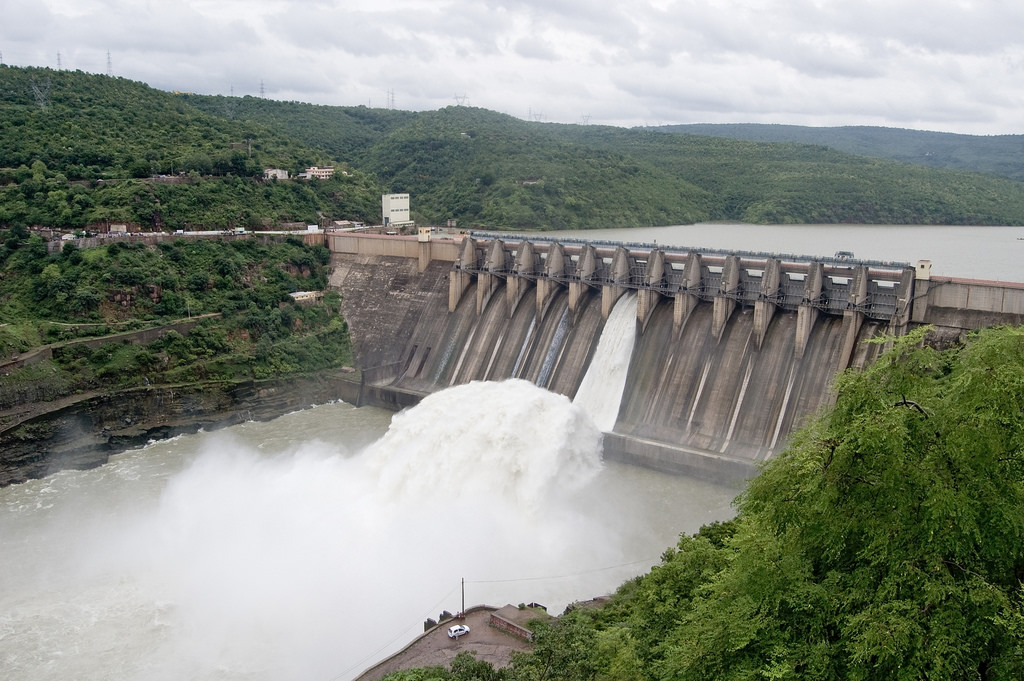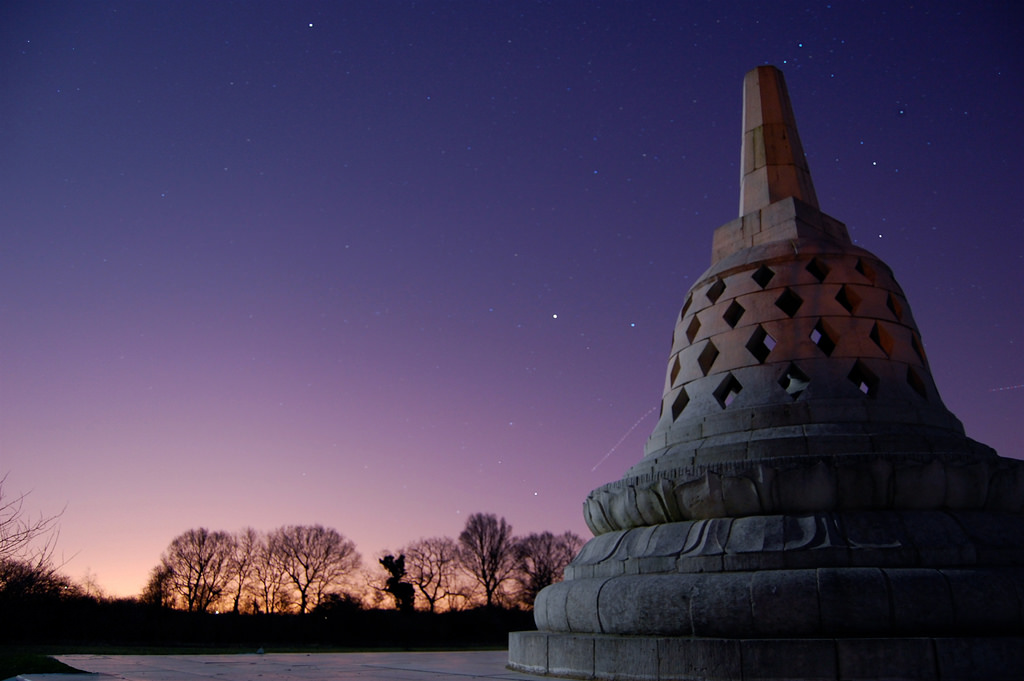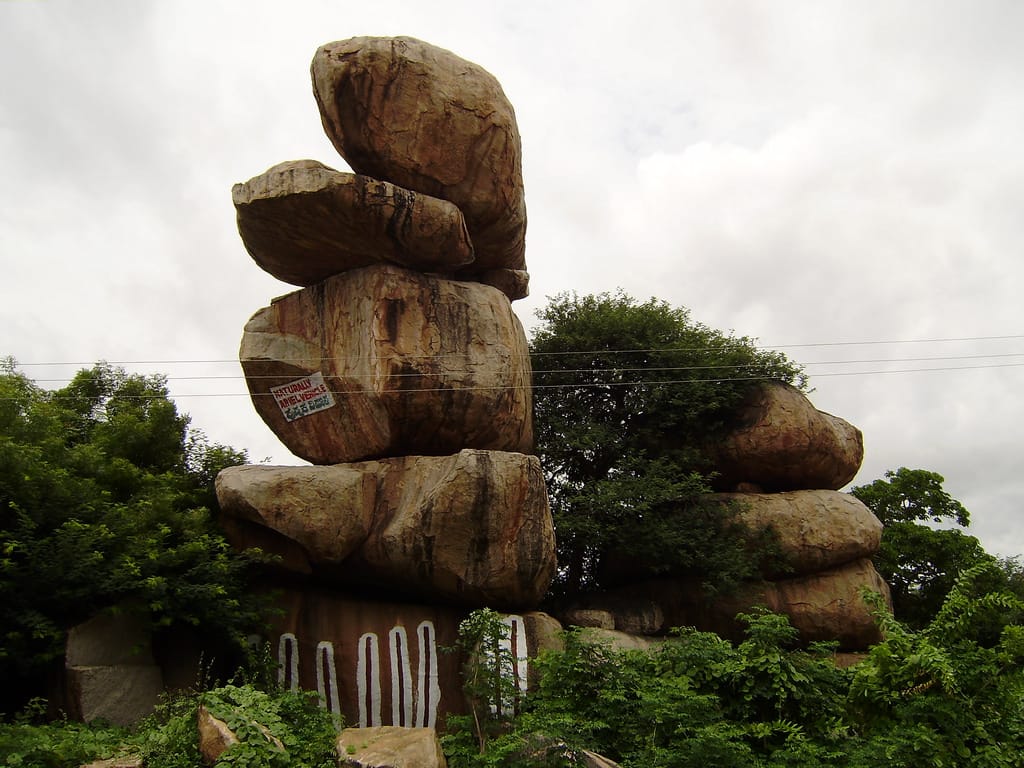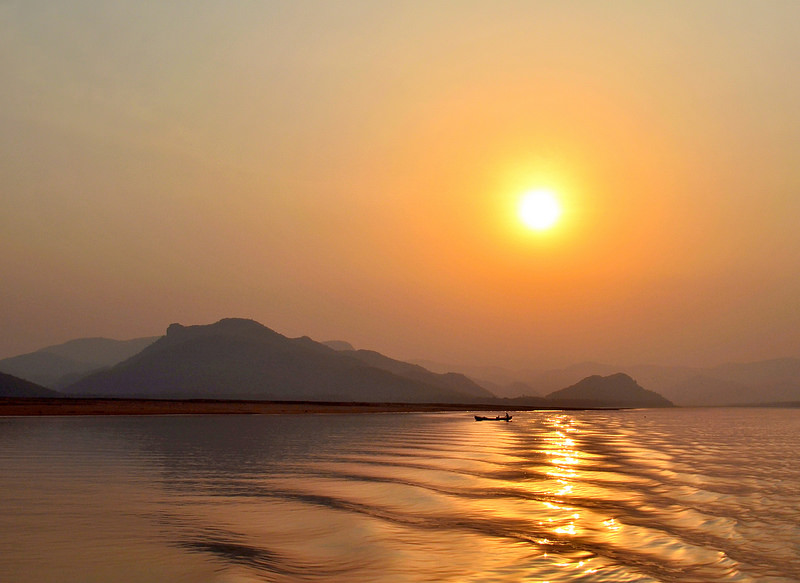Kurukshetra, located in Haryana, is a city deeply rooted in Hindu mythology. It is believed to be the site where the Mahabharata war was fought. The Kurukshetra Panorama and Science Centre showcases the battle in a grand diorama. Nearby Jyotisar is where Lord Krishna is said to have delivered the Bhagavad Gita. The region is also home to sacred water bodies like Brahma Sarovar and Sannihit Sarovar, and historical temples and museums.
places to visit in Kurukshetra
Kurukshetra Panorama and Science Centre
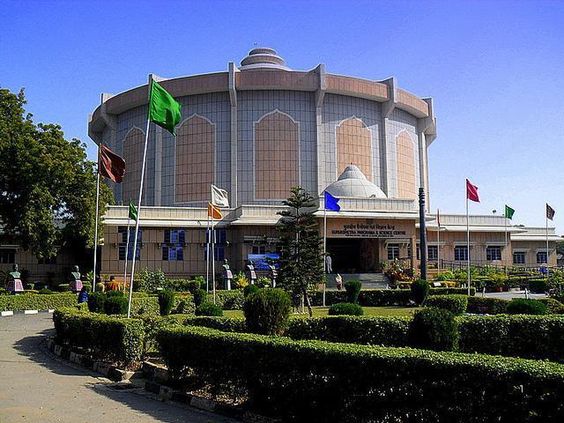
This museum features a large diorama of the Mahabharata war with sound and light effects.
It combines science with culture to depict India’s spiritual and historical journey.
Located near the Shri Krishna Museum in Thanesar, it attracts both students and tourists.
The interactive exhibits make it engaging for all age groups.
Brahma Sarovar
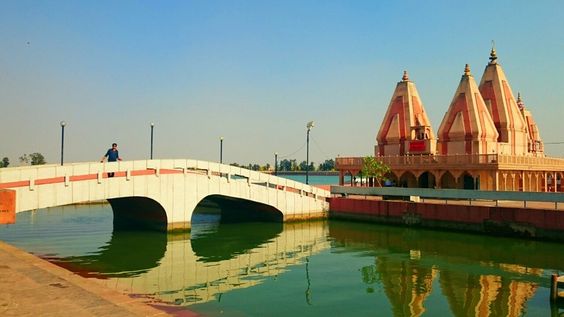
A sacred water tank believed to be created by Lord Brahma himself.
Pilgrims bathe here to purify the body and soul, especially during solar eclipses.
It is surrounded by ghats, temples, and a serene walkway.
The Sarovar is beautifully lit during religious festivals.
Sheikh Chilli’s Tomb
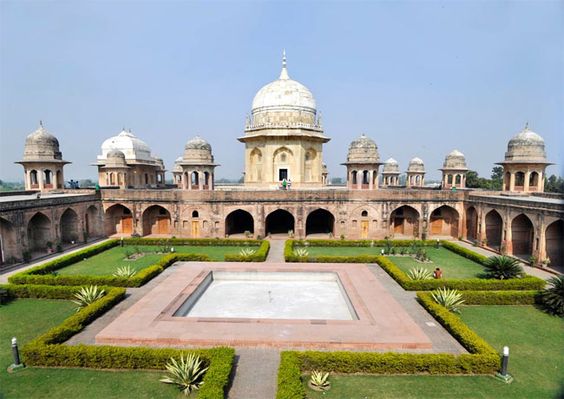
A Mughal-era structure built in memory of the Sufi saint Sheikh Chilli.
The complex includes two tombs, a madrasa, gardens, and Mughal-style arches.
It reflects a blend of Islamic and Persian architecture.
The peaceful surroundings make it ideal for heritage lovers.
Dharohar Museum
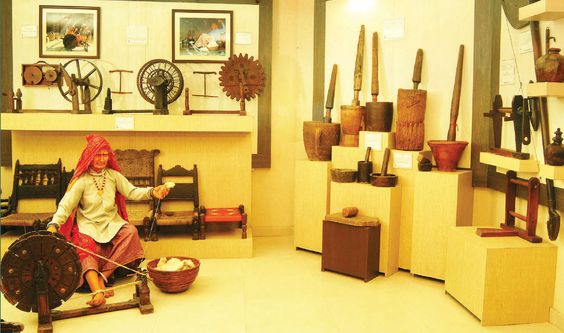
Located in Kurukshetra University, this museum showcases Haryana’s cultural legacy.
Exhibits include traditional attire, musical instruments, and rural life scenes.
It also displays archaeological findings from the region.
It’s a must-visit for history enthusiasts and students.
Sthaneshwar Mahadev Temple
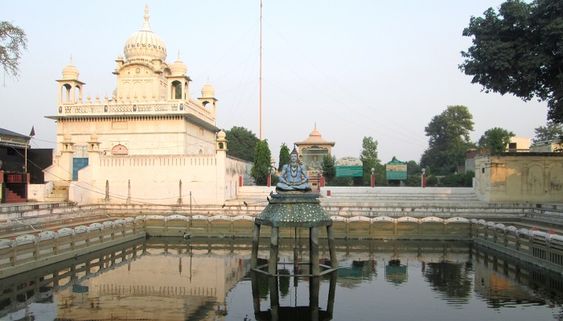
Dedicated to Lord Shiva, this temple holds religious and historical importance.
It’s believed that Pandavas and Lord Krishna worshipped here before the war.
The temple’s peaceful setting offers spiritual solace.
Its architecture is simple yet deeply revered by devotees.
Sri Krishna Museum
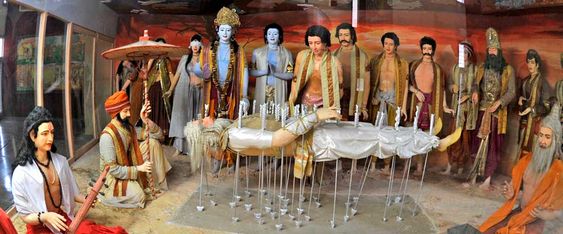
A unique museum solely dedicated to Lord Krishna’s life and teachings.
It houses paintings, sculptures, and artifacts from various parts of India.
Visitors can explore Krishna’s journey from childhood to Kurukshetra.
Interactive displays make the visit educational and engaging.
Jyotisar – Birthplace of Bhagavad Gita
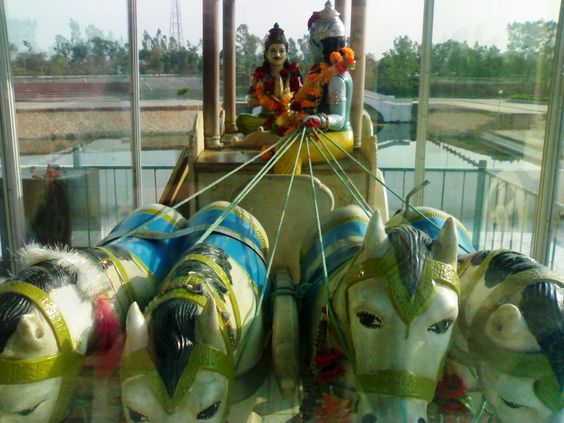
This is the sacred spot where Lord Krishna gave the Gita to Arjuna.
A marble chariot marks the site, under a centuries-old banyan tree.
It’s considered the spiritual heart of Kurukshetra.
The sound-and-light show retells the Mahabharata scene.
Bhadrakali Temple
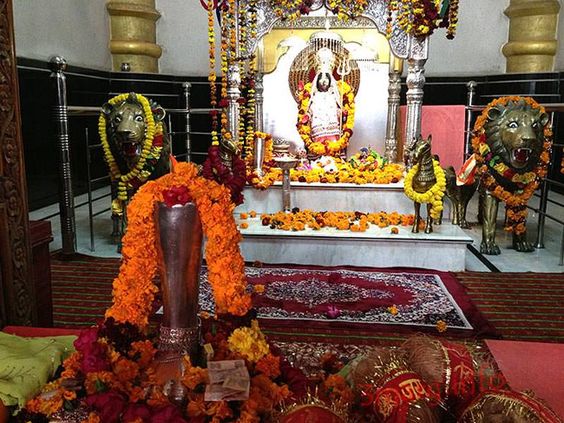
A revered Shaktipeeth dedicated to Goddess Bhadrakali.
It is said that Pandavas offered prayers here before the war.
The temple is vibrant during Navratri and other festivals.
It holds strong mythological significance and divine energy.
Bhishma Kund

Legend says Arjuna created this water source for Bhishma on his bed of arrows.
This sacred tank is a reminder of devotion and warrior sacrifice.
It’s a peaceful site located amidst ancient ruins.
Pilgrims visit here to pay homage to the great warrior Bhishma.
Sannihit Sarovar
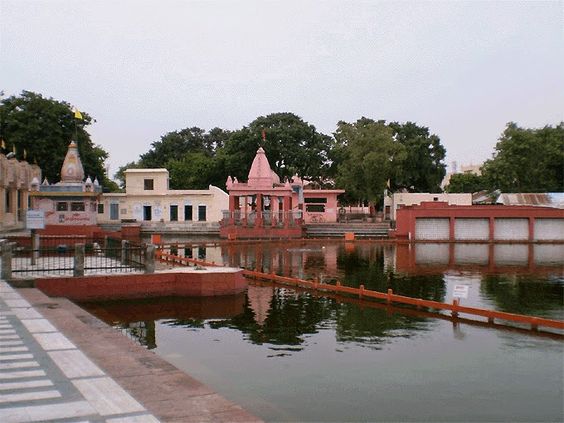
A large sacred pond believed to be the meeting point of seven Saraswati rivers.
It is considered the home of Lord Vishnu during solar eclipses.
Many perform rituals and bathe here to wash away sins.
The surrounding temples add to its religious charm.
Best Time to Visit Kurukshetra
Kurukshetra can be visited throughout the year, but winters are most comfortable.
Summers, especially from May to June, are extremely hot and dry.
The monsoon months (July to September) bring moderate rainfall and humidity.
December to February offers pleasant weather, ideal for sightseeing and pilgrimages.
Hence, the winter season is the best time to explore Kurukshetra comfortably.
